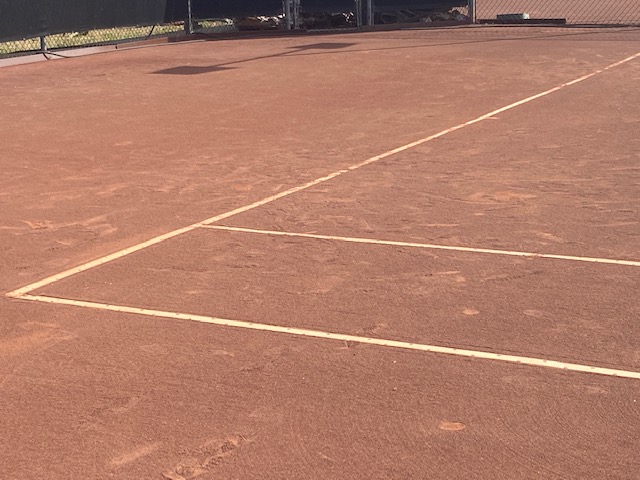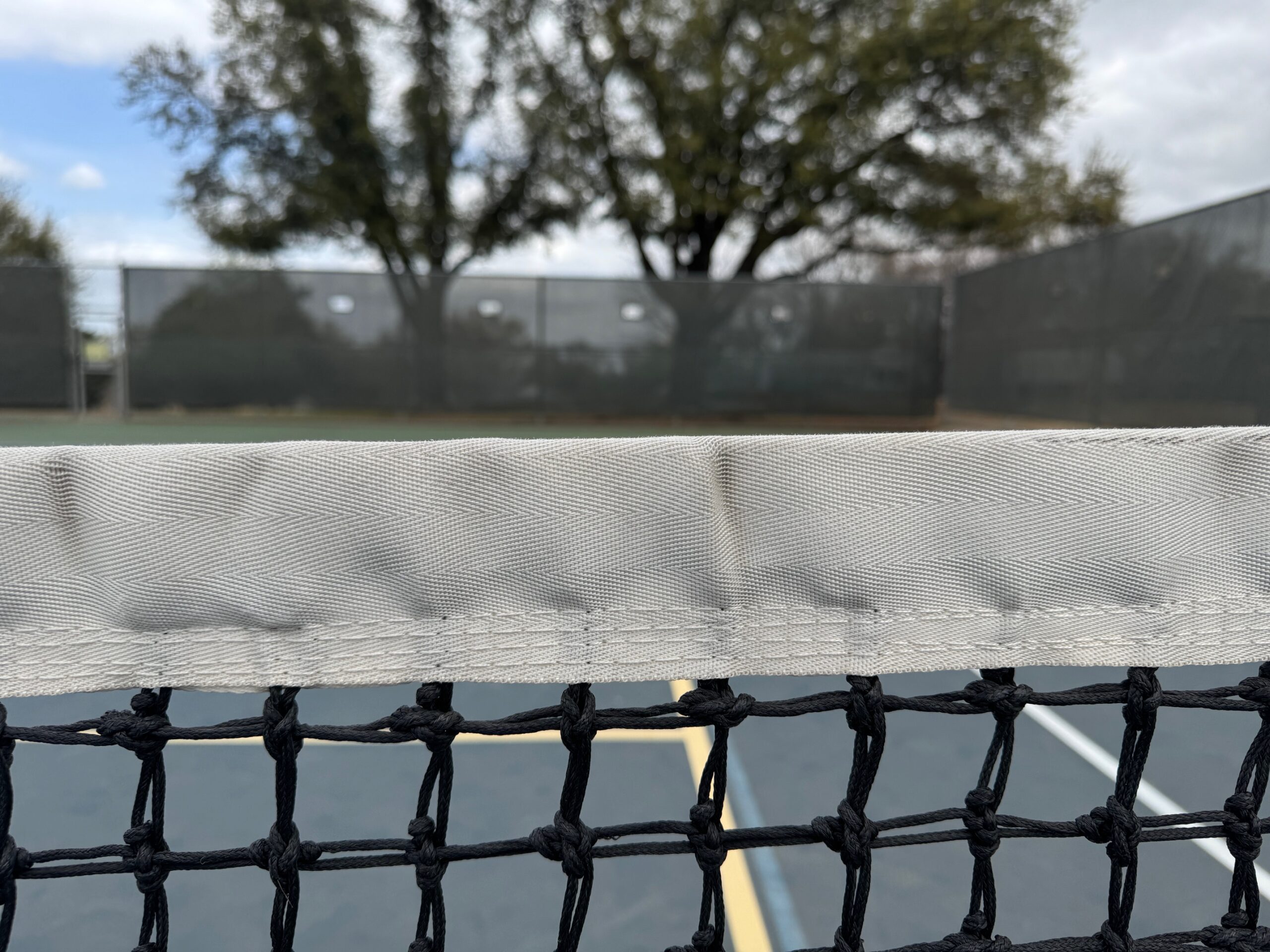Tennis News You Can Use
Last Thursday the USTA sent out an email addressed to all league captains announcing enhancements that should help league captains find and recruit prospective new players. It is a genuinely useful enhancement to the system that is going to help more teams form. At the same time, it illuminates how some local league rules in my area make it unlikely that many captains will actually have the luxury to use all aspects of the tool.
The verbiage in the announcement conjures up the idea that advertising USTA league teams may turn out to work a little bit like online dating in practice. There is a lot of fodder along those general lines. I am going to table that topic for now, but there is probably a full length “Unplugged” post coming up at some point in the future that riffs on that theme.
In the meantime, here is a teaser of the form likely to be used in that future post: “When a team is described as [characteristic]… this actually means they are [characteristic].” A specific example would be fun-loving and drunk. I can’t stop laughing.
Team Types and Finding New Players
When registering a new USTA League team, a captain can designate the team as Closed, Closed but Seeking, or Open. The new terminology clearly communicates if a team is available to a prospective player. When used, it will streamline the process of matching up new players with teams. It should also help fledging teams reach critical mass.
For a Closed team, the team registration number is not publicized. Consequently, only players with knowledge of that number can sign up for that team. The USTA indicates that this is the current practice, but I am not sure it exactly fits. The status quo actually falls somewhere in the fuzzy area between Closed and Closed but Seeking.
Closed but Seeking is a new term for teams to explicitly opt-in to notification when new players in the area at the appropriate level are looking for a team. In my area, this is currently done via an email to the league coordinator who then emails one or more prospective team captains. The team registration number is not publicized for Closed but Seeking so a player still needs to get that directly from a Captain to join a team.
An Open team is one for which any level appropriate player can register for directly. Teams who designate themselves as Open will be advertised with a Captain’s note describing their team. This is where I think the process starts to resemble online dating apps. Swipe right!
Hopefully it won’t be too confusing that the USTA has added league play at the Open level for 2020. In that context, Open means players 5.0 and above. So a team at the Open level could be Closed/Open team or Open/Open. It does have the potential to get confusing, but probably only to captains.
Transparency
The benefits to this new system are exactly as the USTA asserted in the communication to team captains. It will most definitely make it easier for new players and teams to find each other. An additional benefit to this rule is increased transparency.
Under the current manual system, a new player in an area typically emails the league coordinator who… well, this is where it gets a little murky. The process for determining which captains get notified and in what order is largely unknown. I believe that currently it is up to the discretion of the league coordinator.
When a ringer suddenly appears and immediately lands on a team in close proximity to the league coordinator’s social circles, there will be speculation. Rumors abound in an absence of transparency. The new system has the potential to completely resolve any concern.
My understanding of the way it will work is that when a new player submits an interest form through the USTA portal, that all captains who are Closed but Seeking as well as the Open Captains will receive a notification simultaneously. If the player looks pretty good on paper — and there will be an inevitable flurry of google stalking to make that determination — then the race to court that player will begin!
For that reason, I doubt very seriously that any team will ever register as purely Closed. No responsible captain willingly opts out of adding a potentially great player.
Residency Rule Impacts
There is a unique situation in one of my local leagues that I am anticipating will prevent a team from ever designating as Open. In Fort Worth, 60% of a team’s rosters have reside in… well a list of counties somewhat arbitrarily determined by the board of the Greater Fort Worth Tennis Association (GWFTA).
The net result of that the GFWTA residency rule is that captains in Fort Worth have to diligently manage their rosters to keep their teams in compliance. A stray registration by a local player who lives in the wrong county could get the team disqualified. This essentially overrides the “50 Mile Radius” rule put in place by the Texas Section office. The Fiend at Court is philosophically opposed to rules and regulations that make it harder for captains to field teams.
The USTA created the Closed, Closed but Seeking, and Open nomenclature to facilitate increased playing opportunities. I would assert that any place where teams don’t take advantage of this new mechanism should be examined to determine the reason why. This may uncover additional rules that are contrary to the best interests of the USTA’s efforts to grow the game and the player communities that it serves.
Finishing Shots
I was really happy to see this new USTA initiative and anticipate that it will greatly enhance the ability of teams to form. I think that this is particularly timely as casual tennis play has shot up during 2020 due to the influence of COVID-19. There is an unusually large pool of prospective league players out there right now. It is a rare opportunity to transition those casual players over to structured and formal play under the USTA banner.
- Welcome to Captain’s Corner, USTA National Web Page, viewed 11/22/20.
- Hey USTA League Captains!, USTA National Web Page hosted document, viewed 11/22/20.



